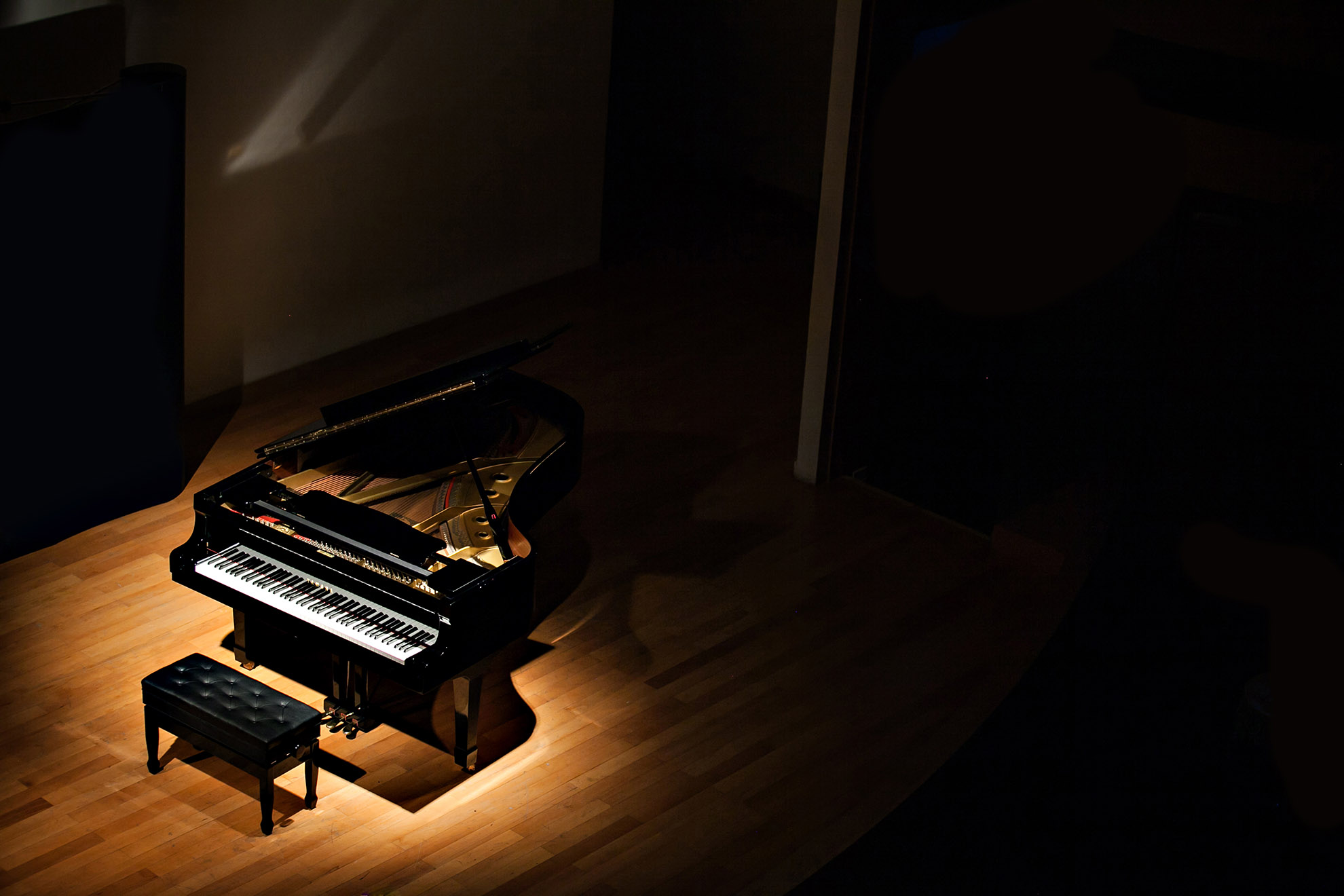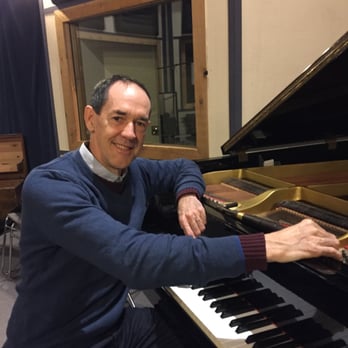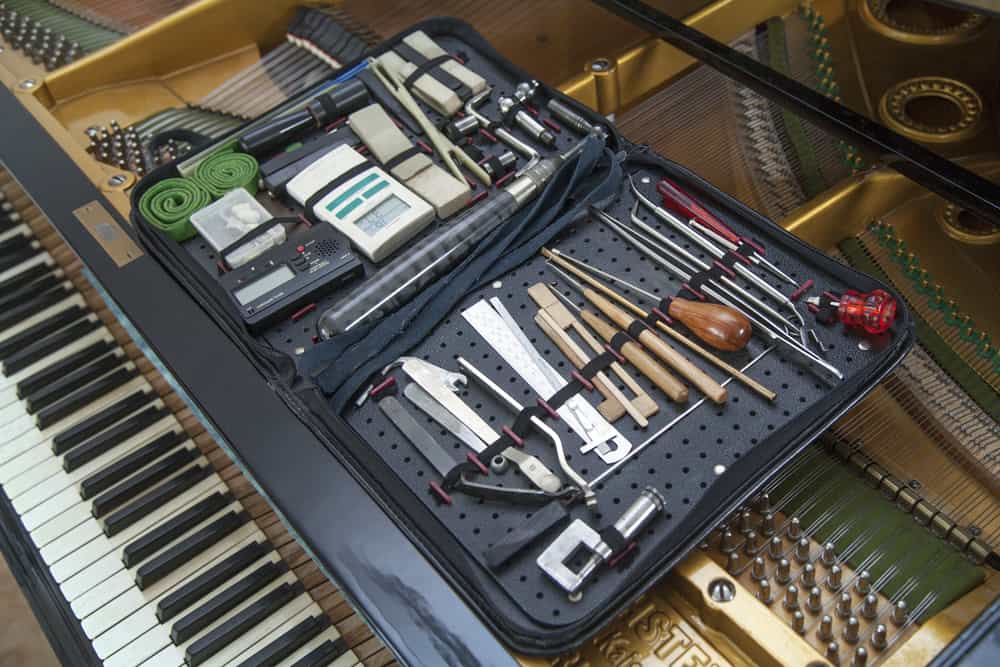

After accomplishing this, you adjust each string from that “octave” to both the treble and bass ends of the “string scale”. Whatever these variations end up being is considered the “temperament” of the piano.
#Raleigh piano tuner trial
The amount of variations between “4ths” and “5ths” are determined by trial and error until all chords harmonize properly. The expansions and contractions are necessary to compensate for the imperfection of the piano. Starting with one note, you tune “4ths” (expanding slightly) and “5ths”(contracting slightly) moving back and forth until every note in the “octave” has been tuned. When you tune a piano “by ear”, the first thing that you do is called “setting a temperament.” This means exactly what it says you take a center octave and adjust it. However, because electronic tuners cannot compensate for string length variations to fine tune a piano, an accurate temperament must be achieved the same way as it has for over 100 years: tuning “by ear” by an experienced, qualified piano tuner. Even pianos can be “rough tuned” (raising the pitch). For guitars, violins, cellos, etc., these work fine. The age of electronics has also brought us electronic tuners or Strobe Tuners. Some very expensive keyboards can sound close, however, no keyboard can exactly match the distinctive tone of an acoustic piano. Electronic keyboards have attempted to duplicate this effect for many years. These variations must be compensated for when you tune the piano. This is due to variations in string length.


That tuning should last a year or two.Ī piano’s tone contains a slight reverb effect. After a few months you should have your piano tuned again. Because the structure is not used to having that much pressure on it, it will settle. After a piano has not been tuned for many years, when the pitch is raised, and it is tuned it will not hold that tuning for very long. Sometimes if it has been 15 or more years, the “pitch” may be so low that it may take 3 tunings to reach “A440”. After the drastic changes are made to all the strings, you must “re-tune” the piano, making only subtle changes to the tension of the strings. Because the strings are so close together, a drastic change in tension affects the strings next to the one you are tuning. (around 230 strings) After not being tuned for a few years, it takes drastic changes in the strings to return them to the appropriate tension. This means that the “A” above “middle C” produces sound waves at the rate of 440 per second. If a piano has not been tuned in several years, it will require having the “pitch raised” in order to be tuned correctly. Tuning a piano is accomplished by twisting the “tuning pins” ever so slightly until the string tension is correct to produce the desired “tone”.


 0 kommentar(er)
0 kommentar(er)
